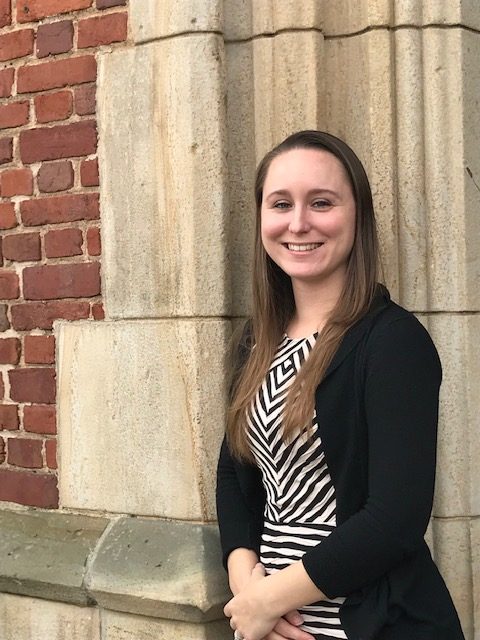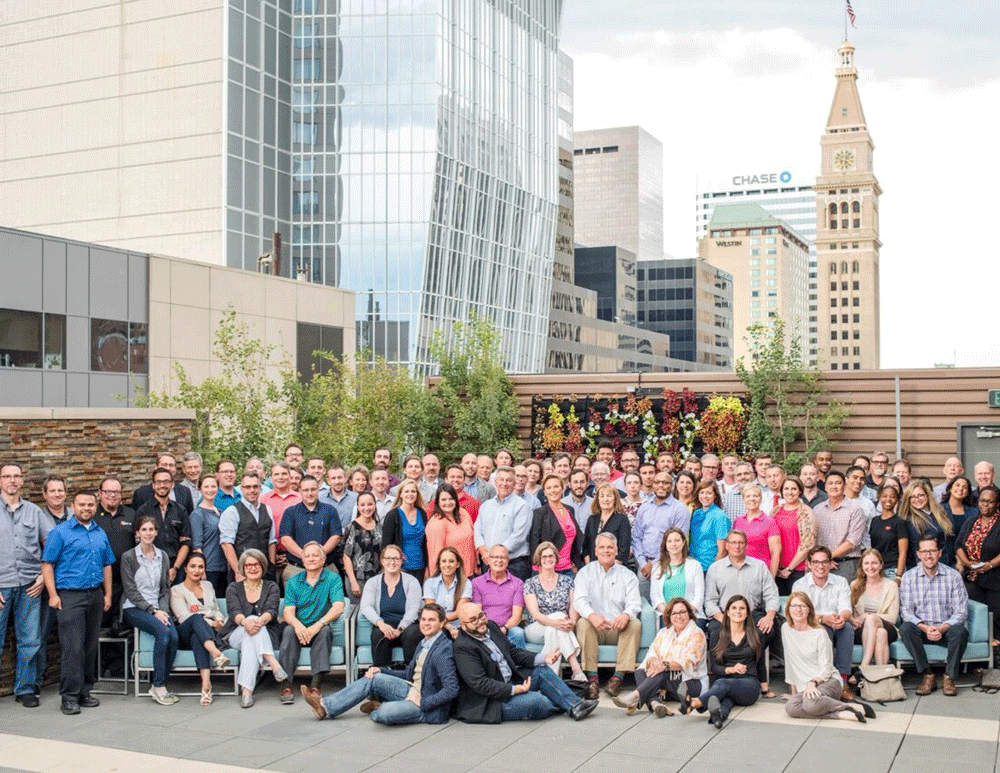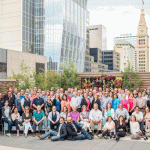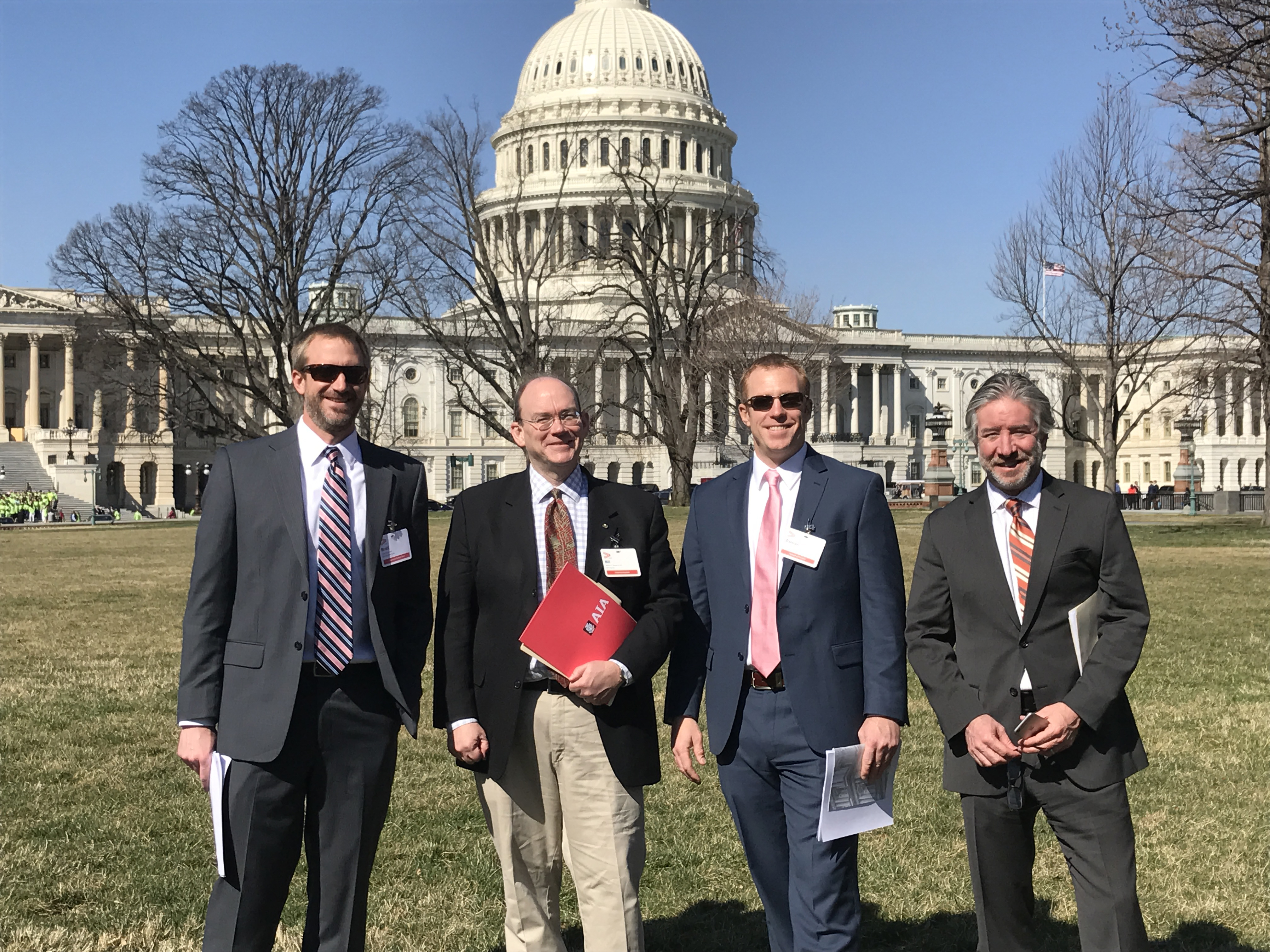There is an old proverb in politics; if you are not seated at the dinner table then there is a good chance, you’re on the menu.
During the development of the current strategic plan, there was an overwhelming agreement that there should be a concerted effort made to invest and develop future generations of leaders for service for the AIA and the community. As such, the plan sought to launch a Virginia event that provides advocacy training and connects members with state legislators. Advocacy means taking the steps to make a difference. Good advocates organize themselves to take steps to tackle the challenges of today and tomorrow. As architects, we engage in advocacy regularly during our practice, sometimes we do not even know when we are doing it.
Therefore, we want your participation in AIA Virginia’s first ever ARCHITECTS SPEAK UP! event.
Architecture practice exists at the crossroads of Policy and the Built Environment. Architects regularly advance solutions that directly address our social, environmental, and economic challenges of today and tomorrow. Architects do not see empty lots as just places to build rather we see them as places of dreams and hopes.
ARCHITECTS SPEAK UP! will consist of virtual meetings for AIA Virginia members to acquaint themselves with their in-district legislator(s) and effectively articulate the importance of architects and architecture in the community. The anticipated result is a structured and coordinated outreach event that can occur simultaneously within each of the five local components. We want you to advocate and introduce yourself and AIA Virginia as a resource for industry issues in a relaxed virtual environment. AIA Virginia is looking for your participation in these scheduled meetings this May.
Join us for ARCHITECTS SPEAK UP! by registering here>>
PAC:
If you are not able to participate in ARCHITECTS SPEAK UP! that is OK. There are other ways you can support AIA Virginia’s legislative objectives. We are embarking on building up our PAC for 2021 and we really could use your help and financial support in closing our fundraising gap for Q1. Can you invest today? www.aiavapac.org







